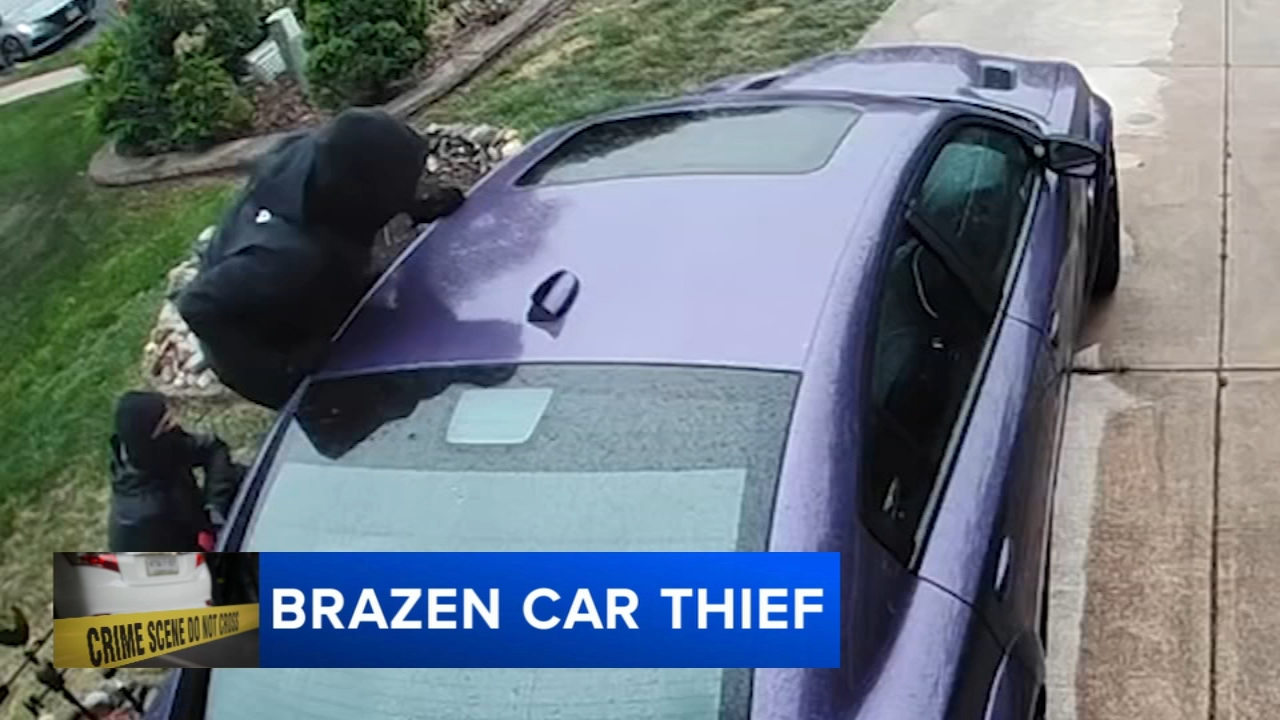Philadelphia traffic ranked one of the worst, so how do we fix it?
PHILADELPHIA -- Philadelphia's commute is a near universal source of complaints. Traffic analytics firm, INRIX, ranks the city as the 9th most congested in the country and the 69th worst in the world.
We wasted 112 hours of time sitting in traffic in 2018, according to the firm, costing each driver $1,568 on average. The collective impact on the city's economy as a whole is $3.3 billion.
While drivers across the Philadelphia metro area have reason to vent their frustrations, nothing compares to the backups experienced on the Schuylkill Expressway (I-76). INRIX identified the stretch from the Blue Route (I-476) to the Vine Street Expressway (I-676) as the 6th worst in America.

The American Transportation Research Institute, which conducts trucking research using GPS data, ranked the Schuylkill Expressway-Vine Street Expressway merge as the 38th worst in the country. ATRI says average speeds there at peak rush hour times dropped 5.88% from 2018 to 2019.
Of course, bottlenecks are not just an annoyance. They have a direct cost to your finances in wasted fuel, wasted time and reduced productivity. The stress of sitting in traffic can have negative health consequences and add to disharmony at home or at work. And that's not even to mention the effects of pollution from idling or driving longer than necessary.
Traffic backups can also create a vicious cycle by leading to rear-end accidents, which exacerbates the situation and causes further delays. PennDOT says there are 400 to 500 crashes on I-76 every year, most of them rear-end accidents.
The problem is getting worse as the population grows.
"Well it's very clear that there is more congestion on our roads than there had ever been," said Alan Greenberger, of Drexel University's Lindy Institute for Urban Innovation. Greenberger served as deputy mayor for economic development and director of commerce in Philadelphia from 2009 through 2015 in the Michael Nutter administration.
"Some of that is related to a significant employment base in the suburbs," he said. "And a number of people who live in Philadelphia are commuting out every day."
"The roads are only so big. They can only accommodate so many people," said Greenberger. "We have a wonderful mass transit system. Some people walk to work, bike to work. All of that's terrific. We do better than most American cities, but the fact is a lot of people are on the road and it's showing up in all kinds of places. Particularly, in the suburban system."
So, how did we get here? In a word: geography. The heart of the Schuylkill Expressway runs between a rock ridge on one side and a rail line or the river itself on the other.
"This was a city that was built before the car," said Barry Seymour, executive director of the Delaware Valley Regional Planning Commission.
"So everything that we do is trying to squeeze into historic, colonial regions," he said. "So we have to be really strategic and it's a lot harder to increase capacity in this region."
The challenge was evident all the way back in 1932, when the expressway was first proposed as the Valley Forge Parkway. As heralded as the construction was, it was clear fairly soon that it would not be a panacea for commuter frustration.
In the 1950's, engineers projected I-76 would serve 35,000 cars a day. Various stretches opened throughout that decade and traffic jams became commonplace. Shortly thereafter, in the early 1960's, officials began examining possible fixes.
By 1970, more than 80,000 cars were using I-76 on an average day.
Now, PennDOT counts 130,000 drivers in Montgomery County on a daily basis and as many as 215,000 through Philadelphia.
Action News has investigated the infrastructure projects our local agencies are implementing or considering to alleviate the problem. But we also want to hear your ideas and solutions, in an effort to Build It Better Together. Visit our Facebook page at to join this important conversation.







